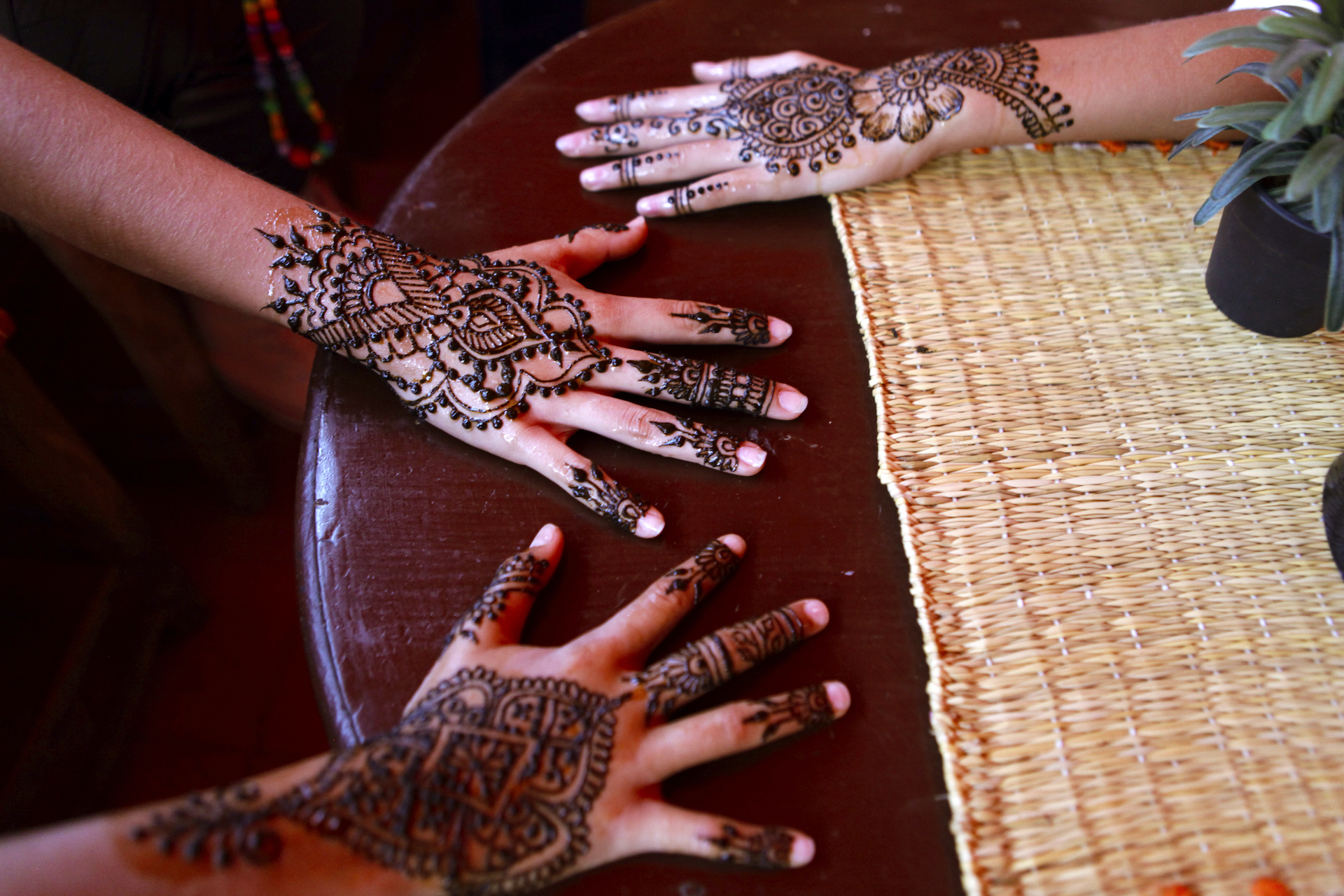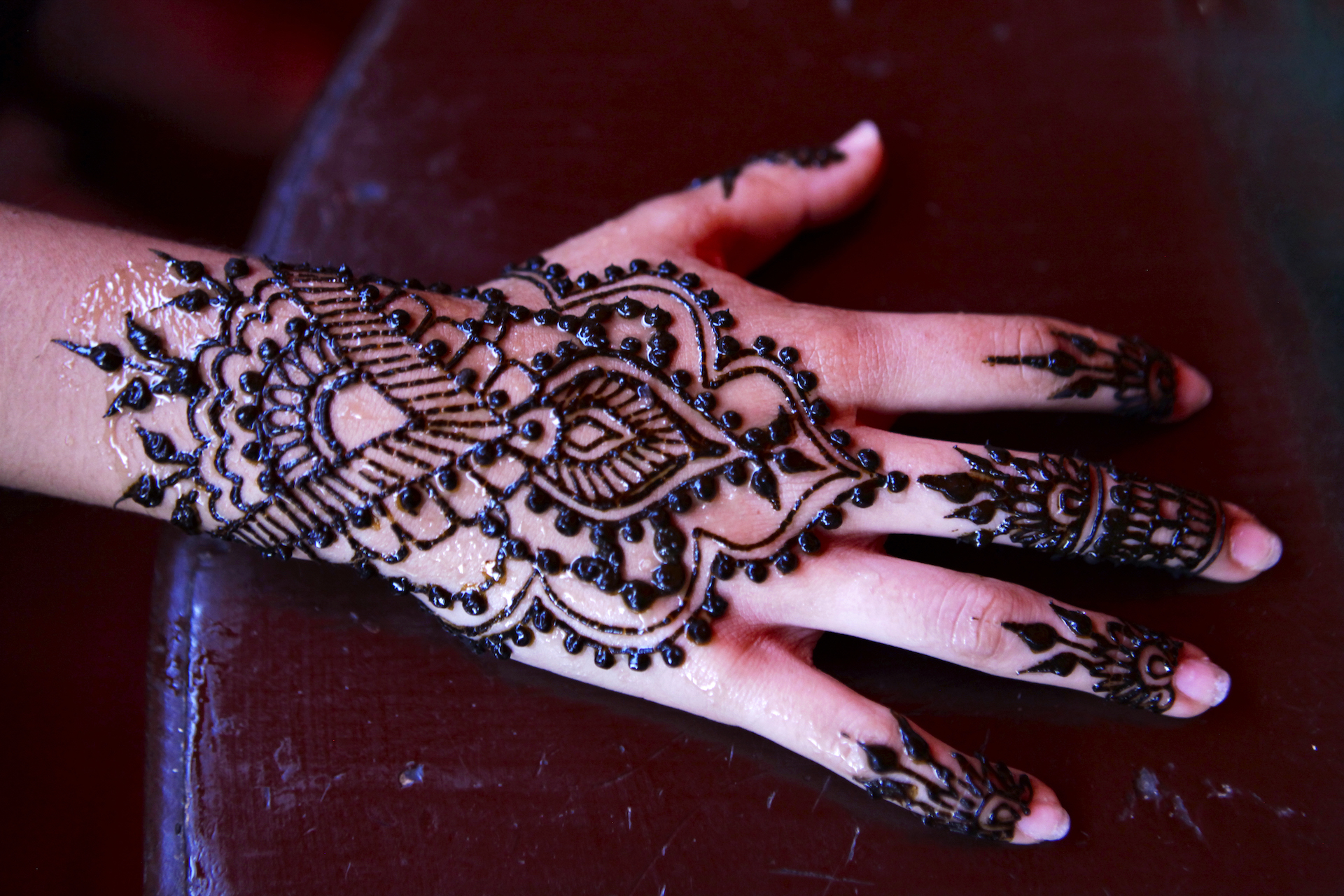An Authentic Henna Experience
The Henna Café is proud to employ local artist or “Naquasha” highly experienced in the art of henna. We use only safe, locally produced, all natural red henna.
You may come prepared with your own design, or choose one from our collection of extensive catalogues. All our designs are original and have been donated by top henna artists from around the world. Our prices are fixed, so there is no surprise when your design is finished. Small designs start at 50 dirham and the most intricate cost 500 dirham.
You will leave with printed aftercare instructions (also available on this website) and a protective glove for your hand or foot to ensure you’re design lasts as long as possible. Although henna is best applied to your hand or foot, you may choose to apply henna on any part of your body, such as your shoulder or back.
We guarantee high quality henna and an authentic experience!
If you are aware that you have a sensitivity to citrus or aroma therapeutic oils, we do not advise the applications of henna. If you have been advised by a doctor that you have an allergy to aspirin, fava beans, or mothballs, you should not have henna applied. Henna is generally a very safe and natural practice which has been used for thousands of years. We offer these guidelines to ensure responsible henna adornment.
Henna Masterclasses
These photos were taken at our annual Henna masterclass taught by henna legends Riffat Bahar and Nic Tharpa Cartier.
We invited ladies from the local community to attend. They learned how to mix and use natural henna paste.
It was a wonderful day and fun was had by all! Thank you to the generosity of Nic and Riffat.

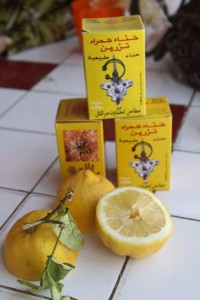
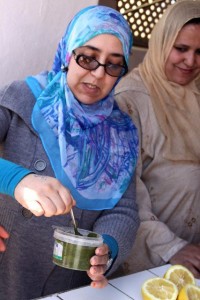
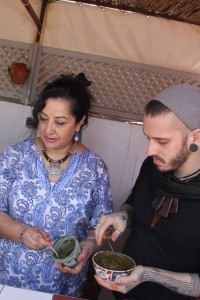
Henna History
The earliest written evidence of the use of henna is from the early bronze age.
The goddess Anath protected the fertility of the earth and the harvest. In the myth cycle of Baal and Anath ( early bronze age 3300 -2100 BC ), Anath adorned herself with henna.
Read more about Anath and Baal here.
- There are many variations of the myth which have been interpreted to be a metaphor for the annual weather and agricultural cycle of the Eastern Mediterranean. The henna plant was indigenous to the area.
- The plant was used twice for adornment within the myth, once in connection with a spring festival and once in connection with a harvest festival. This coincides with the times that the henna plant produced new growth. It is likely that the growth patterns of the henna plant were indicators for the planting and harvesting of grain.
- There is strong evidence that neolithic peoples of Catal Huyuk in 7000BC used Henna to decorate their hands in connection with their fertlity goddess.
- Neolithic women used jawbone to harvest grain. The work was difficult, and henna strengthened the skin. This may be the origin of henna on the hands and feet
- The Egyptians used henna to dye their fingernails a reddish hue. It was considered impolite not to do so!
- Traces of henna have been found on the hands of Egyptian mummies.
- Studies of the hair of Egyptian mummies also shows the frequent use of henna.
- An Egyptian pharmacopoeia written in 1500 BC lists seven types of henna and their medicinal properties.
- Ancient and traditional henna has been used for centuries to adorn the body.
- People all over the world continue to use henna for decorative purposes.
- However, in countries where henna is rooted in historical traditions, members of the working class use henna to heal and strengthen the skin of the hands and to make a connection to spirits.
